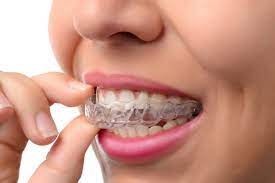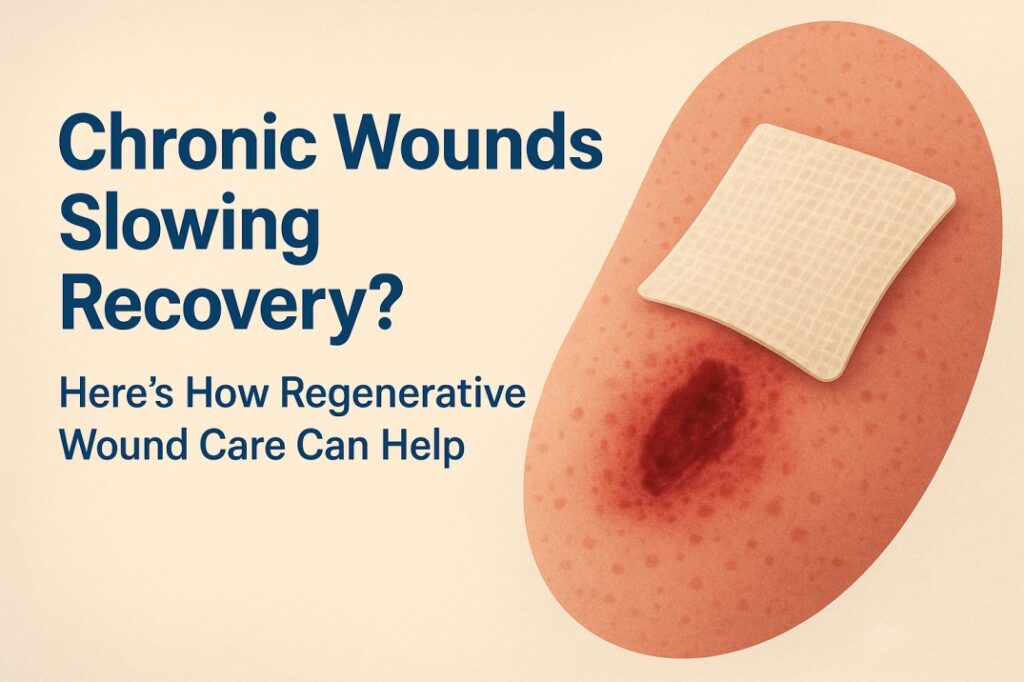Orthodontic treatment is a significant milestone in ensuring your child’s dental health. Knowing when to begin can make all the difference in achieving a healthy and confident smile. This article highlights the top five signs your child might be ready for braces while addressing common questions, including “What is the best age for teeth braces?”
Introduction: The Importance of Early Orthodontic Intervention
Many parents wonder when their child should visit the orthodontist. While there isn’t a one-size-fits-all answer, the American Association of Orthodontists recommends an initial evaluation by age 7. Understanding the signs that indicate your child may need braces helps in early detection and timely treatment. But how do you determine whether your child is ready? Let’s explore.
1. Crooked, Crowded, or Overlapping Teeth
One of the most apparent signs your child might need braces is visible misalignment. Crooked, crowded, or overlapping teeth can:
- Impact oral hygiene, making it challenging to clean teeth effectively.
- Lead to issues like plaque buildup, cavities, and gum disease.
How Braces Help
Braces can align the teeth, creating an even smile and improving oral health. If you’re wondering, “What is the best age for teeth braces?” most children begin treatment between ages 9 and 14, when their permanent teeth have mostly erupted.
2. Early or Late Loss of Baby Teeth
The timing of baby teeth loss can signal potential orthodontic problems. If your child loses baby teeth too early or too late, it can:
- Disrupt the alignment of incoming permanent teeth.
- Cause teeth to grow in the wrong positions.
Why Timing Matters
Orthodontists often assess whether the loss of baby teeth affects jaw development. Early intervention ensures proper alignment, reducing the need for more invasive treatments later.
3. Difficulty Chewing or Biting
Children who struggle with biting into food or chewing may have misaligned teeth or jaw problems. This issue might present as:
- Pain when eating.
- Uneven wear on teeth.
Addressing the Problem
Braces correct bite issues, including overbites, underbites, and crossbites. Early treatment can prevent long-term complications, such as temporomandibular joint (TMJ) disorders.
4. Mouth Breathing or Snoring
Mouth breathing and snoring can indicate jaw alignment issues or narrow arches. These problems often:
- Affect facial growth.
- Lead to dry mouth and increased cavity risk.
How Orthodontics Can Help
Expanding the palate or correcting jaw alignment through braces or other devices can resolve these issues, promoting better sleep and overall health.
5. Jaw Pain or Clicking Sounds
If your child experiences jaw pain or hears clicking sounds when opening or closing their mouth, it might signal temporomandibular joint issues or misaligned teeth.
The Role of Braces
Braces can alleviate stress on the jaw by properly aligning teeth, ensuring a comfortable and functional bite.
What Is the Best Age for Teeth Braces?
While every child’s orthodontic needs vary, the best age for braces generally falls between 9 and 14 years. By this time:
- Most permanent teeth have erupted.
- The jaw is still growing, allowing for easier alignment adjustments.
The Orthodontic Process
Understanding what to expect during your child’s orthodontic journey can ease concerns. Here are the key steps:
1. Initial Consultation
An orthodontist evaluates your child’s teeth and jaw through visual inspection, X-rays, and impressions. This assessment determines the need for braces.
2. Treatment Planning
Based on the evaluation, the orthodontist develops a customized treatment plan. This might include traditional metal braces, ceramic braces, or clear aligners.
3. Regular Adjustments
Once braces are fitted, regular visits to the orthodontist ensure that teeth move according to the plan. These adjustments are crucial for achieving the desired results.
4. Retainers and Maintenance
After the braces come off, retainers help maintain the new alignment. Consistent use is essential to prevent relapse.
Benefits of Early Orthodontic Treatment
Starting braces at the right time offers numerous advantages:
- Improved Oral Health: Straight teeth are easier to clean, reducing the risk of cavities and gum disease.
- Enhanced Confidence: A beautiful smile boosts self-esteem.
- Preventive Care: Early intervention can eliminate the need for extensive treatments later.
Post-Treatment Care
Once the braces are removed, proper care ensures lasting results:
- Use Retainers: Follow your orthodontist’s instructions for retainer wear.
- Maintain Oral Hygiene: Brush and floss regularly to keep teeth and gums healthy.
- Attend Follow-Ups: Regular check-ups help monitor alignment and address any issues promptly.
Conclusion
Recognizing the signs that your child might be ready for braces is the first step toward achieving a healthy, confident smile. By addressing issues like crooked teeth, bite problems, or jaw pain early, you can set your child up for lifelong dental health. If you’ve ever wondered, “What is the best age for teeth braces?” consult with an orthodontist to determine the ideal timing and treatment for your child.
Taking action now can prevent more significant problems in the future and ensure your child’s smile shines bright for years to come.









